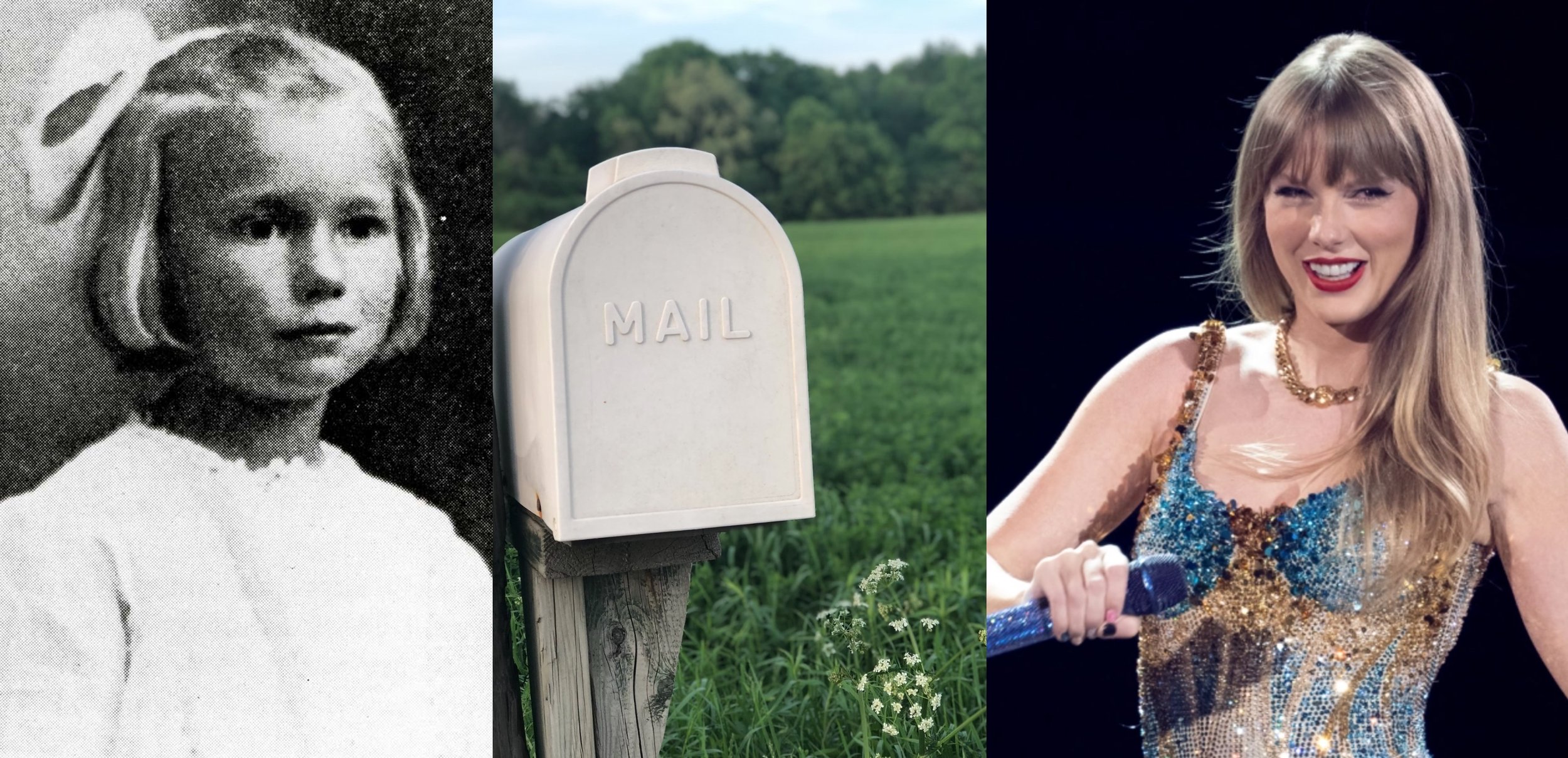Of AI, the Post Office, and Expecting the Unexpected
In January of 1913, 8-month old James Beagle, weighing 10 3/4 pounds, traveled from his rural home to his grandmother’s a few miles away in Batavia, Ohio. The cost for this excursion? A paltry 15 cents - about $5 today. And how did this tot travel? Not by train, horse or horseless carriage. No, he became the first child to be mailed through the US Postal Service parcel post.
Up until 1913, the USPS had carried only letters and small parcels, but expanded into carrying larger packages up to — and here’s where little James’ weight comes in — 11 pounds.
In fairness, he wasn’t just left at the mailbox with the “pickup” lever raised. In those days in rural communities, the postal workers were highly trusted, and often friends of the families, and so could accompany the children for at least part of the journey and hand off to another known worker if needed.
Also in fairness, his parents did ensure James for $50 ($1600 today) on top of the 15 cents!
Public domain image from Smithsonian Institute
There appear to have been 7 children mailed in the first few years after the parcel service started, including 4-year old Charlotte May Pierstorff (pictured above left) skirting under the 50lb limit for large parcels, and one child going as far as 720 miles (again for 15 cents - much cheaper than a train!).
It didn’t take long for people to figure out creative ways to take advantage of parcel post. The first, James Beagle, was mailed only a few weeks after its launch.
The regulations were not well thought out and were open to interpretation by local Postmasters. In addition to children, people mailed eggs, snakes, highly odorous materials of various types, and other suspect items. A bank building was even “mailed”, brick by brick in 50-pound packages, 127 miles from the brick factory to the building site. Eventually, the rules were tightened up so now only certain live animals like bees and day-old chicks are allowed in the mail (my wife, a beekeeper, has received bees by UPS several times.)
So finding sneaky ways to take advantage of loopholes is not a new thing. It’s human nature. So why do we keep making the same mistakes when launching new services?
That brings us to the present day, and the horrible news of AI-created sexually explicit images of Taylor Swift making the rounds on social media. This is but one prominent example again demonstrating how people will misuse and abuse any technology or service, especially when it has been poorly thought out or not implemented with guardrails against such behaviors.
Microsoft’s CEO, Satya Nadella, who is all-in on AI, described the debacle of non-consensual nude imagery like Swift’s as “alarming and terrible,” and said, “I think it behooves us to move fast on this.” Duh.
But really, this type of behavior should not come as a surprise to anyone, let alone someone as smart as Nadella, who I generally admire.
Alarm bells were ringing about the possibilities as soon as Chat GPT and Midjourney emerged. And with this year hosting hugely consequential elections in major democracies all over the world, where far right authoritarians are rising to power, the entirely predictable abuse of poorly designed and regulated technologies could literally have world-changing impacts.
At this point, it is unethical to simply ask the familiar How Might We? provocation when conceptualizing new products and services.
You also need to be asking “How Might This Go Wrong?” or “How Might This Be Abused?”. I realize HMTGW and HMTBA don’t roll off the tongue like HMW, but they are at least as important to consider. And not just after the fact when you’re attempting to clean up a mess, but build that paranoid thinking in from the start. It’s always easier and more effective to add in protections as you go rather than band-aid them on later.
Sources:
A special shoutout to Good Job Brain, the fantastic trivia podcast where I first heard about this phenomenon
A Brief History of Children Sent Through the Mail | Smart News| Smithsonian Magazine
When People Used the Postal Service to 'Mail' Their Children | HISTORY
The Oddest Parcels | National Postal Museum (si.edu)
Precious Packages-America's Parcel Post Service | National Postal Museum (si.edu)


